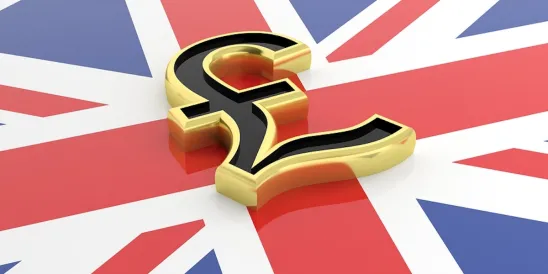On 26 June 2020, Her Majesty’s Revenue and Customs (HMRC) updated its Coronavirus Job Retention Scheme (CJRS) Treasury Direction to take account of the flexible furlough scheme.
The CJRS is to be tapered downwards until it ends on 31 October 2020. The CJRS was effective from 1 March 2020, to help protect the employment of individuals furloughed due to COVID-19–related business closures and restrictions.
From 1 July 2020, the CJRS will change, and employers can bring employees back to work on a flexible basis, while still being able to claim the CJRS grant for their normal hours not worked. However, employers will only be able to furlough employees whom they have furloughed for a full 3-week period (21 calendar days) prior to 30 June 2020. It is therefore now too late to put employees on furlough for the first time, unless they are returning from family leave (excluding unpaid parental leave) or returning military reservists (whose mobilisation started prior to 10 June) and were on PAYE payroll on or before 19 March 2020.
Employees will receive their normal full pay for all hours that they actually work under flexible furlough unless there has been an agreed change in the employment contract as to their pay. Employers will pay for the hours worked in full. Employers will be able to claim the CJRS grant for the hours employees are not working when they would normally do so. The grant and cap will be reduced in proportion to the hours not worked. For example, employees are entitled to 30 percent of the £2,500 cap if they are furloughed for 30 percent of their usual hours.
Options Available for Employers Regarding Furloughed Staff
Employees who are currently on furlough can remain on furlough full-time for any period up until the scheme closes on 31 October 2020.
Employees can be on rotation between periods of furlough and full-time work. However, from 1 July 2020, there is no minimum number of weeks or days that an employee must be on furlough and this arrangement will be treated as a flexible furloughing arrangement (see below).
Employers are permitted to end furlough for some employees and bring them back to their previous normal hours at work while other employees remain on furlough.
From 1 July 2020, employers may also flexibly furlough employees; employees will be able to work part-time and be on part-time furlough.
Claim Periods
Employers have until 31 July 2020, to make any claims in respect of the period before 30 June 2020.
From 1 July 2020, onwards, the claim periods must cover a period of at least one week and start and end within the same calendar month. The only exception to this rule is if the claim is for the first few days or last few days in one month.
From 1 July 2020, the number of employees for whom an employer may make a claim in any claim period may not exceed the maximum number of employees claimed under any one claim before 30 June 2020. There is an exception when an employer has an employee returning from family leave (other than unpaid parental leave) or a returning military reservist.
Employers that agree to a flexible furlough pattern with employees are required to document the agreement in writing to confirm the arrangements. The agreement will need to cover the hours the employees will be working and the hours they will be furloughed. Employers are required to keep the written agreement for six years.
To claim under the CJRS, employers are required to calculate their employees’ usual hours and record the actual hours they work as well as their furloughed hours (i.e., nonworking hours) in each claim period. Employers are required to keep the information for a minimum of six years.
The government has set out the process for calculating employees’ normal hours in a document titled “Steps to take before calculating your claim using the CJRS,” which includes various examples to assist in such calculations.




 />i
/>i

